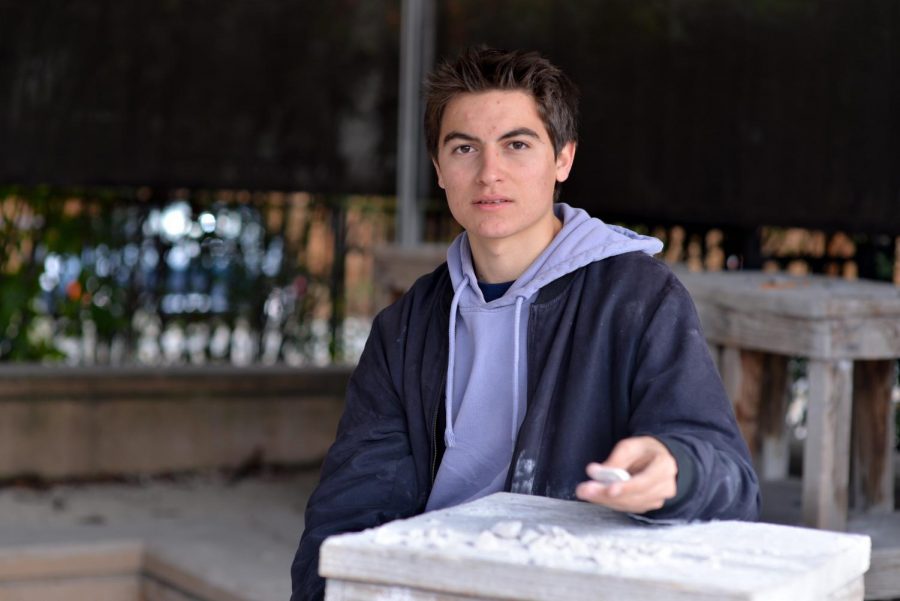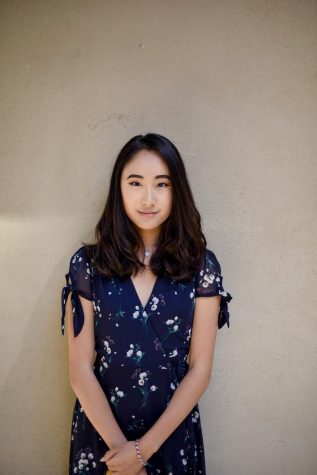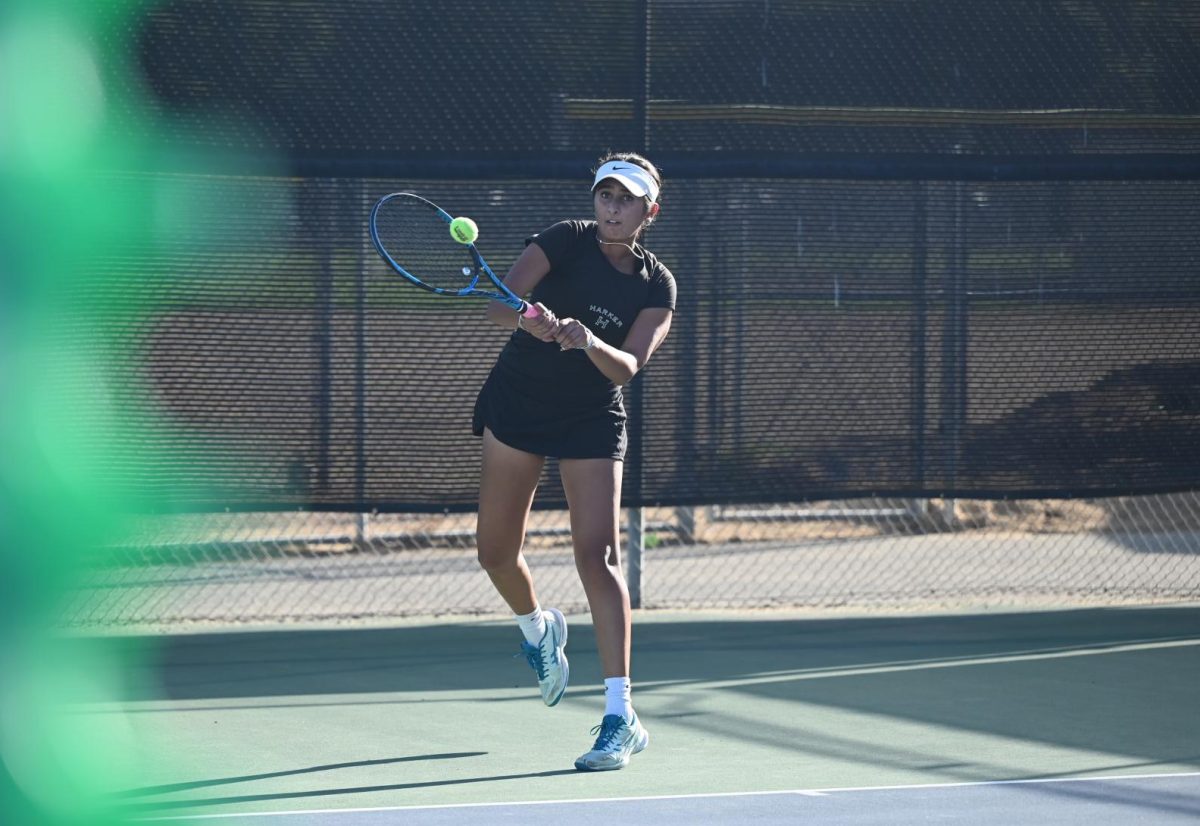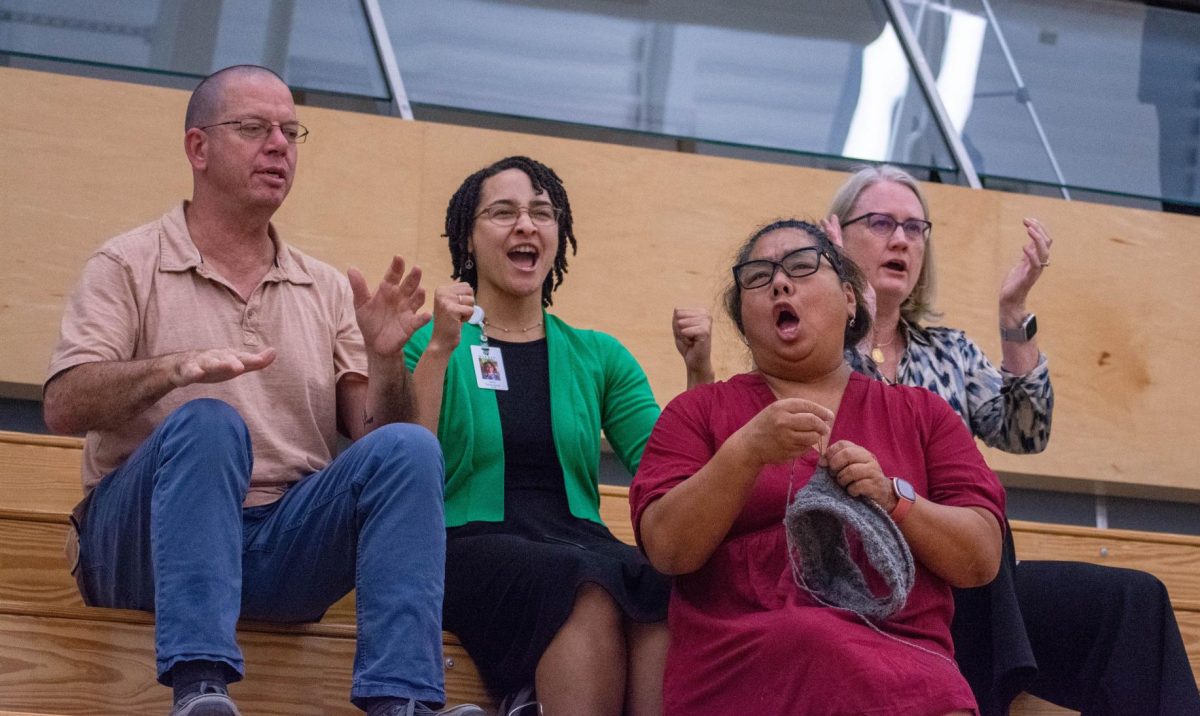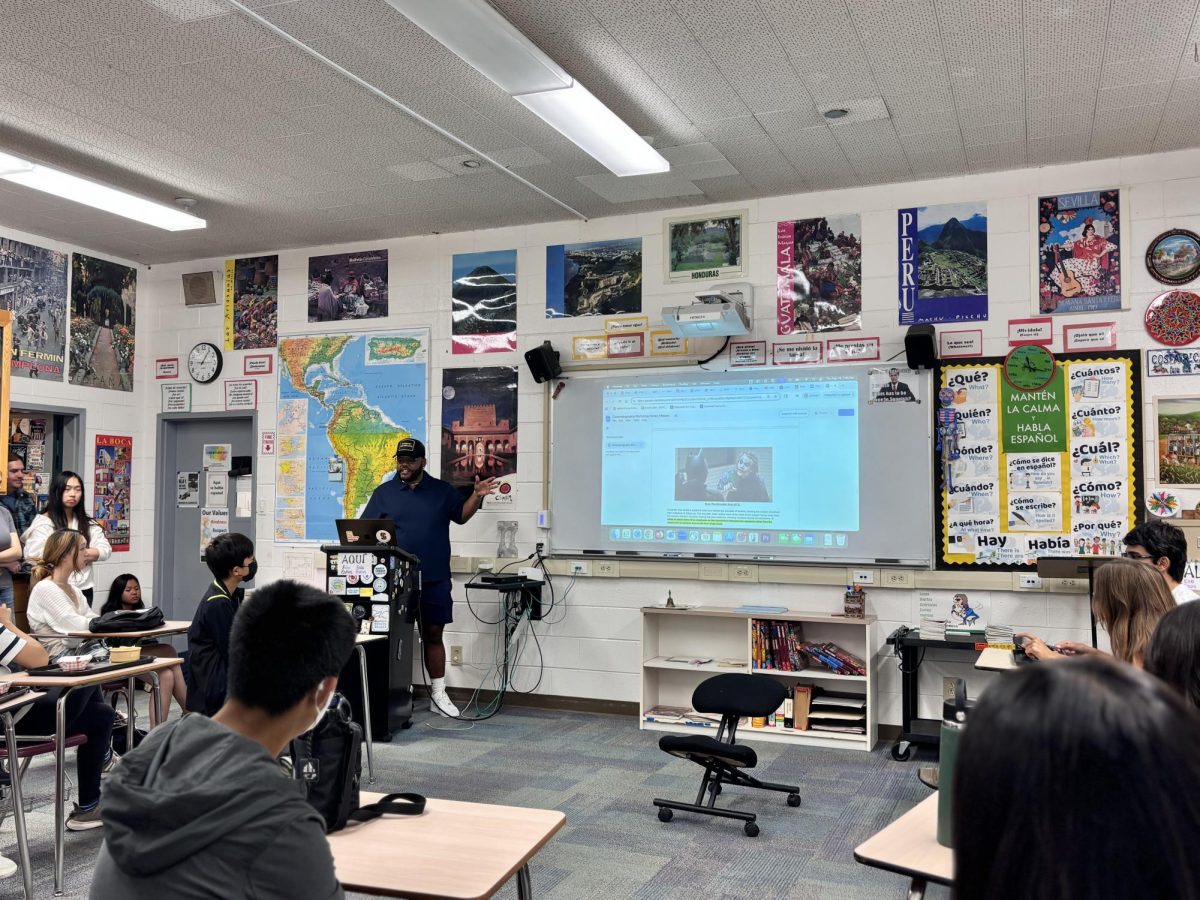Humans of Harker: Mason Menaker uses soccer and art as “stepping stones” in his life
“I have the athletic side of me and I have the art side of me, and I use the same basic mentality for both of them, and I feel like both of them also teach me how to grow as a person—in society with other people as well as in their specific areas,” Mason Menaker (12) said. “They’re kind of like stepping stones, where I use each of them to build a path.”
February 21, 2018
Art and soccer, soccer and art. At first glance, they seem to be worlds apart: one an intense, action-driven battle on a muddy grass field, the other a quiet yet powerful craft charged with the mission of creating beauty in the world. In fact, soccer and art appear to be of such different spheres that they aren’t even direct opposites—just different.
Mason Menaker (12), however, knows exactly what they do have in common: the basic idea of using criticism as a means of growth.
“It’s important not to knock down all of the things that people tell you that you need to improve with your work because that’s the only way you can really get better,” he said. “It’s the same concept [in soccer and in art]. They’re judges, they are there to judge you, but they’re not your enemy in that you should take what they have to say and use it.”
As for the differences between art and soccer, Mason unites them in his life by taking each opportunity to grow as both an artist and an athlete.
“I think all of it together builds me as a person,” he said. “So I have the athletic side of me and I have the art side of me, and I use the same basic mentality for both of them, and I feel like both of them also teach me how to grow as a person—in society with other people as well as in their specific areas. They’re kind of like stepping stones, where I use each of them to build a path.”
Mason first started playing soccer as a child, when he played with a number of recreational soccer leagues before moving on to competitive soccer as he grew older. He now plays for the Varsity Boys’ Soccer team.
“For soccer, sportsmanship is probably the most important, not just with your team members and like not making fun of the other team but with yourself,” he said. “It’s important [that you’re] working with the people, realizing that your teammates aren’t your enemies, that you’re working with them, and being able to take advice from someone instead of shutting it out.”
Although Mason does value criticism as a powerful tool for improvement, he is not afraid to voice his own opinions and to act with self-confidence, whether in the studio or on the field.
“He’s definitely a leader,” his friend and fellow soccer player Eric Tran (12) said. “Even though he’s not the captain, he’s always really vocal, and he’s willing to speak his mind. I think that’s something that all the other guys really like about him.”
Mason began his explorations of architecture at around the same time, when he traveled to Miami with his family and his friends on vacation.
“We went to a bookstore, and I was told that I could pick whatever book I wanted… and I chose a book about Santiago Calatrava, who is a famous architect,” he said. “From there I started building models and designing as a little kid, and that just carried over into what I do now.”
He continued his work as an artist into middle school, when he submitted his first portfolio to a panel of judges and received feedback and throughout high school. He is currently taking the course AP Studio Art, and he will study art in college as an architecture major as well.
As he advanced in his artistic career, his techniques and creative process have evolved to suit the requirements of each circumstance.
“At the beginning of high school, when I really got into studio, I would pick a medium, so wax for the most part, and I’d kind of just bend things around and move things into certain places until it sparked an idea,” he said. “Now that I’m going into AP and I need think about more, it’s basically just sketching things that I see and then taking those sketches and putting them together and working with them to create full ideas.”
One of Mason’s favorite works in his portfolio is a piece inspired by Native American culture. It features a “teepee” constructed with six wooden posts wrapped in string, with a strand of wax balls tied onto the tip of the posts.
“That one was nice because I didn’t really think of it,” he said. “It doesn’t fit in to what I mostly do, so I kind of stretched my boundaries and used all the different aspects of what I’ve been doing and [put] them together.”
Despite the spontaneity of his Native American piece, however, Mason also stresses the importance of preparation and forethought in his artistic process.
“Yes, art is very spontaneous. You get an idea and you turn it into something, and you don’t really plan it out, but that planning’s also very important,” he said. “Instead of just doing things off of a whim, it’s important to think about what’s going to be happening in the future.”
For example, when designing a piece, Mason knows always to keep the future in mind in order to ensure that his work will benefit his community.
“I think it’s important—not just for art but for architecture specifically—it’s important to think of basically two things: its functionality, like your piece should serve a function in the environment and the world, and [its] sense of beauty, so that it’s nice to look that,” he said.
Underlying all of Mason’s work as an artist is a desire to create beauty in his environment and in the world as a whole.
“It’s very underappreciated, the amount of work that goes into making the world look nice. There’s community service, and there’s landscapers—Harker could just be block buildings and no trees, just cement everywhere, to make it the most efficient, like it used to be in the 1940s,” he said. “It may seem like [artists] don’t really put in that much effort, or they don’t really need to work as hard because they’re not doing math or physics or anything like that, but it’s also important to appreciate what they do as well, because without them the world would be a pretty bland place.”


















![“[Building nerf blasters] became this outlet of creativity for me that hasn't been matched by anything else. The process [of] making a build complete to your desire is such a painstakingly difficult process, but I've had to learn from [the skills needed from] soldering to proper painting. There's so many different options for everything, if you think about it, it exists. The best part is [that] if it doesn't exist, you can build it yourself," Ishaan Parate said.](https://harkeraquila.com/wp-content/uploads/2022/08/DSC_8149-900x604.jpg)




![“When I came into high school, I was ready to be a follower. But DECA was a game changer for me. It helped me overcome my fear of public speaking, and it's played such a major role in who I've become today. To be able to successfully lead a chapter of 150 students, an officer team and be one of the upperclassmen I once really admired is something I'm [really] proud of,” Anvitha Tummala ('21) said.](https://harkeraquila.com/wp-content/uploads/2021/07/Screen-Shot-2021-07-25-at-9.50.05-AM-900x594.png)







![“I think getting up in the morning and having a sense of purpose [is exciting]. I think without a certain amount of drive, life is kind of obsolete and mundane, and I think having that every single day is what makes each day unique and kind of makes life exciting,” Neymika Jain (12) said.](https://harkeraquila.com/wp-content/uploads/2017/06/Screen-Shot-2017-06-03-at-4.54.16-PM.png)








![“My slogan is ‘slow feet, don’t eat, and I’m hungry.’ You need to run fast to get where you are–you aren't going to get those championships if you aren't fast,” Angel Cervantes (12) said. “I want to do well in school on my tests and in track and win championships for my team. I live by that, [and] I can do that anywhere: in the classroom or on the field.”](https://harkeraquila.com/wp-content/uploads/2018/06/DSC5146-900x601.jpg)
![“[Volleyball has] taught me how to fall correctly, and another thing it taught is that you don’t have to be the best at something to be good at it. If you just hit the ball in a smart way, then it still scores points and you’re good at it. You could be a background player and still make a much bigger impact on the team than you would think,” Anya Gert (’20) said.](https://harkeraquila.com/wp-content/uploads/2020/06/AnnaGert_JinTuan_HoHPhotoEdited-600x900.jpeg)

![“I'm not nearly there yet, but [my confidence has] definitely been getting better since I was pretty shy and timid coming into Harker my freshman year. I know that there's a lot of people that are really confident in what they do, and I really admire them. Everyone's so driven and that has really pushed me to kind of try to find my own place in high school and be more confident,” Alyssa Huang (’20) said.](https://harkeraquila.com/wp-content/uploads/2020/06/AlyssaHuang_EmilyChen_HoHPhoto-900x749.jpeg)



